Giving Billion$ to the Pharmaceutical Hospital Emergency Industrial Complex (PHEIC)
The "Pandemic Fund" would probably do more good if they spent the $1.6 billion dollars that they have raised so far, on toilets and septic systems for communities that need them.
AUTHOR’S NOTE:
This article is primarily about the already established “Pandemic Fund” (formerly known as the Financial Intermediary Fund - FIF) AND… similar funds that have been proposed to pay for the extensive requirements included in the proposed amendments to the International Health Regulations. I realize that this article has a lot of detailed information, but I think it can all be put into its proper perspective very easily:
NONE OF THE BILLIONS OF DOLLARS THAT THEY ARE PROPOSING TO SPEND WILL BE SPENT ON ANYTHING THAT WOULD ACTUALLY HELP PEOPLE WHO ARE SUFFERING FROM DIS-EASE.
As a hypothetical thought exercise, I would like to encourage my readers to consider and discuss this alternative idea:
Instead of whatever the “Pandemic Fund” decides to waste their money (our tax money) on, what if they spent the $1.6 BILLION dollars that they have raised so far on vitamins, minerals, herbs and truly safe, essential, repurposed medications by conducting an enormous clinical study to actually help people who are suffering from dis-ease RIGHT NOW?
What if every person in the study was properly treated with the following PANDEMIC RESPONSE PRODUCTS that have actually been shown to be safe and effective in numerous trials?
WHAT IF?
HOW TO THROW $1.6 BILLION DOWN THE TOILET RATHER THAN ACTUALLY HELP PEOPLE IN NEED:
Harris unveils $250M commitment to new global health fund
9/21/22
Vice President Harris on Wednesday called for a new global health security fund at the World Bank to focus on pandemic preparedness, with the Biden administration planning to contribute $250 million in seed funding, a White House official said.
Harris, who made the announcement while leading a session of a global COVID-19 virtual summit, also revealed that the administration is requesting $850 million from Congress for the financial intermediary fund (FIF). The Biden administration is setting a goal of reaching $10 billion for the fund at the outset.
“For the future, we need to create a new mechanism to finance global health security that builds on our existing development assistance.” Biden said in a speech before the U.N. General Assembly on Tuesday.
Additionally, Harris asked countries and organizations to set up a Global Health Threats Council that would elevate biological threats to heads of state, with the goal of staving off the next public health crisis. Biden similarly called for the creation of a Global Health Threats Council during his remarks at the U.N.
In timing with the summit, the White House announced plans to purchase an additional 500 million doses of the Pfizer vaccine to donate to the global population through COVAX, the World Health Organization-backed vaccine initiative. Administration officials said that, with the new announcement, the U.S. has committed to shipping 1.1 billion vaccine doses abroad.
On February 17, 2022 U.S. Treasury Secretary Janet Yellen called on the G20 economic powers to create a fund at the World Bank to help prevent global pandemics. It is among the efforts that could decide the future of the WHO.
WHO Pandemic Treaty: The makings of a New World Order?
Pertaining to the finance model, the document proposes that "States Parties should ensure adequate and sustained financing for IHR implementation at the national and sub-national levels and provide adequate and sustained financing to the WHO Secretariat for its work on preventing, detecting and responding to disease outbreaks."
"The facility should have the capacity to mobilise long-term (10- to 15-year) contributions of approximately $5 to $10 billion per annum to finance ongoing preparedness functions. It will have the ability to disburse up to $50 to $100 billion at short notice by front-loading future commitments in the event of a pandemic declaration," it said.
The Biden Administration pledged $850 million dollars with the hope of getting other nations and organizations to raise a total of $10 billion to launch “The Pandemic Fund.”
They absolutely failed to get other countries to contribute anywhere near their stated goal.
The Pandemic Fund launched with only $1.6 billion of the hoped for $10 billion. They tried to make their failure look like a success, but one must understand that, with 8 billion people on the planet, an investment of $1.6 billion dollars amounts to approximately 20¢ per person.
The Indonesian Minister of Health tried to make the failure sound like a fantastic success:
Rather than pay attention to “lessons learned” from their massive failures over the past three years, the World Health Organization is attempting a MASSIVE POWER GRAB combined with a MASSIVE MONEY GRAB to funnel billions of dollars right down the toilet. Much of the money is likely to go directly to the Pharmaceutical Hospital Emergency Industrial Complex (PHEIC).
MY PREDICTION:
The Pandemic Fund has no chance of preventing the next “pandemic.”
A lot of proposals to spend that money will be submitted. The first calls for proposals will likely begin in January 2023. CLICK HERE
A lot of money will be spent. The Pandemic Fund is destined to waste $1.6 billion dollars.
A number of people will receive generous salaries.
Much profit will be made by numerous companies.
I doubt that many, if any, lives will be saved.
As long as the response to “pandemics” is a profit center for businesses, we will never bring an end to “pandemics.”
The analysis below determined that nearly $25 billion per year is needed to help nations “be better prepared for infectious disease threats.”
This enormous amount of money is based upon the existing IHR requirements for “core capacities.” The proposed amendments to the IHR (published on December 13, 2022) would dramatically increase the requirements for nations to increase their spending on health industry infrastructure. To my knowledge, there has been no analysis of the cost of the newly proposed amendments. Such a budgetary analysis is required before negotiators from the United States are officially authorized to participate in such negotiations.
(See the details from the United States Foreign Affairs Manual below.)
SOURCE:
https://preventepidemics.org/wp-content/uploads/2022/11/IHR-costing-brief-1.pdf
They want to spend a very large amount of money on surveillance:
LIC: Low Income Countries, LMIC: Lower Middle Income Countries, UMIC: Upper Middle Income Countries.
The video below is both boring and interesting at the same time.
RELATED
FAQs: Financial Intermediary Fund for Pandemic Prevention, Preparedness and Response
Background papers
The Pandemic Fund’s founding financial contributors are:
Australia
Canada
China
European Commission
Germany
Indonesia
Italy
Japan
Republic of Korea
New Zealand
Norway
Singapore
Spain
United Arab Emirates
United States
Bill and Melinda Gates Foundation
Rockefeller Foundation
Wellcome Trust.
Joined by:
France
India
Netherlands
Saudi Arabia
South Africa
Switzerland
United Kingdom
Implementing Entities (IEs)
Program/project implementation will be led by Implementing Partners that are accredited by the Pandemic Fund`s Governing Board. Only Implementing Entities (IEs) may submit funding proposals developed with eligible countries to the Pandemic Fund. For a country or any entity serving one or more eligible countries to submit a proposal, they need to have identified an eligible IE for implementation.
The following partners are pre-selected to become implementing entities, at establishment:
African Development Bank
Asian Development Bank
Asian Infrastructure Investment Bank
European Investment Bank
Food and Agriculture Organization
Inter-American Development Bank
International Finance Corporation
UNICEF
World Bank
World Health Organization
Gavi, the Vaccine Alliance
The Global Fund to Fight AIDS
Tuberculosis and Malaria
The Coalition for Epidemic Preparedness Innovations (CEPI).
The propo$ed amendment$ to the IHR (BELOW) would call for ten$ of billion$ of dollar$ to re$tructure health care $ystem$ around the world and would place the WHO in charge of deciding who receive$ the money.
The funding that would be REQUIRED if the proposed amendments to the IHR are adopted would make the Pandemic Fund look impoverished by comparison.
Excerpts from the proposed amendments to the IHR:
Member nations would need to build, develop and maintain health systems capacities according to the dictates of the World Health Organization
If the proposed amendments are adopted, then the 194 member nations would be obligated to meet the following CORE CAPACITY REQUIREMENTS.
“Developed Countries States Parties shall provide financial and technological assistance to the Developing Countries States Parties in order to ensure state-of-the-art facilities in Developing Countries States Parties.”
“To engage and promote people’s participation such as promotion of awareness and cooperation with control and response measures.”
“Health workforce development to identify, track, test and treat to contain/control the outbreak/public health event.”
“Leverage of communication channels to communicate the risk, countering mis-information and dis-information.”
“To invest in development of infrastructure, and capacity building of local community level and/or primary health care response level, and intermediary levels to implement control and response measures, including health care services.”
Annex 1 of the proposed amendments to the International Health Regulations includes a call for a "Financial Mechanism for Equity in Health Emergency, Preparedness, and Response” that would trigger massive spending in support of the Pharmaceutical Hospital Emergency Industrial Complex (PHEIC).
It sure seems to me like the rules in the Foreign Affairs Manual listed below are NOT being followed.
11 FAM 724.3 Request for Authorization to Negotiate and/or Sign Action Memorandum
a. A request for authorization to negotiate and/or conclude a treaty or other international agreement takes the form of an action memorandum addressed to the Secretary or other principal to whom such authority has been delegated, as appropriate, and cleared with the Office of the Legal Adviser (L) (including the Assistant Legal Adviser for Treaty Affairs), the Office of the Assistant Secretary for Legislative Affairs, other appropriate bureaus, and any other agency (such as Defense, Commerce, etc.) which has primary responsibility or a substantial interest in the subject matter.
b. The action memorandum may request one of the following:
(1) Authority to negotiate;
(2) Authority to conclude; or
(3) Authority to negotiate and conclude.
The request in each instance states that any substantive changes in the draft text will be cleared with the Office of the Legal Adviser and other specified regional and/or functional bureaus before definitive agreement is reached. Drafting offices should consult closely with the Office of the Legal Adviser (L) to ensure that all legal requirements are met.
c. The action memorandum indicates what arrangements have been made and/or are planned as to: (1) congressional consultation and (2) opportunity for public comment on the treaty or agreement being negotiated, signed, or acceded to.
d. The action memorandum shall indicate whether a proposed treaty or agreement embodies a commitment to furnish funds, goods, or services beyond or in addition to those authorized in an approved budget; and if so, what arrangements are being planned or carried out concerning consultation with the Office of Management and Budget (OMB) for such commitment. The Department will not authorize such commitments without confirmation that the relevant budget approved by the President requests or provides funds adequate to fulfill the proposed commitment or that the President has made a determination to seek the required funds.
e. The action memorandum shall indicate whether a proposed treaty or agreement embodies a commitment that could reasonably be expected to require (for its implementation) the issuance of a “significant regulatory action” (as defined in section 3 of Executive Order 12866); and if so, what arrangements are being planned or carried out concerning timely consultation with OMB. The Department will not authorize such commitments without confirmation that OMB has been consulted in a timely manner concerning the proposed commitment.
f. Where it appears that there may be issues regarding the public disclosure of the text of an agreement upon its signature or entry into force, the action memorandum shall include an explanation thereof (see 11 FAM 725.2 and 11 FAM 725.3).
g. An action memorandum dealing with an agreement that has a potential for adverse environmental impact should contain a statement indicating whether the agreement will significantly affect the quality of the human environment.
h. The action memorandum is accompanied by:
(1) The U.S. draft, if available, of any agreement or other instrument intended to be negotiated; or
(2) The text of any agreement and related exchange of notes, agreed minutes, or other document to be signed (with appropriate clearances, including that of the Assistant Legal Adviser for Treaty Affairs); and
(3) A memorandum of law prepared in the Office of the Legal Adviser.
i. These provisions shall apply whether a proposed international agreement is to be concluded in the name of the U.S. Government or in the name of a particular agency of the U.S. Government. However, in the latter case, the action memorandum may be addressed to the interested Assistant Secretary or Secretaries of State, or their designees in writing, unless such official(s) judge that consultation with the Secretary, Deputy Secretary or an Under Secretary is necessary. (See 22 CFR 181.4.)
SOURCE:
https://fam.state.gov/FAM/11FAM/11FAM0720.html
The article below is right on target!
A World Bank-WHO report prepared for the G20 joint task force estimates that $31.1 billion will be required annually for future PPR, including $10.5 billion per year in new international financing to support perceived funding gaps in low- and middle-income countries (LMICs). Surveillance-related activities comprise almost half of this, with $4.1 billion in new funding required to address perceived gaps in the system.
The WHO’s failure to follow its own preexisting pandemic guidelines by supporting lockdowns, mass testing, border closures and the multi-billion-dollar COVAX mass-vaccination program has generated vast revenue for vaccine manufacturers and the biotech industry, whose corporations and investors are major contributors to the WHO. This approach has crippled economies, damaged existing health programs and further entrenched poverty in low-income countries.
One thing is certain. Those who will gain from this expanding pandemic gravy train will be those who gained from the response to COVID-19.
https://brownstone.org/articles/whos-driving-the-pandemic-express/
This is the 57th article in this series.
Multilingual information regarding the proposed amendments to the International Health Regulations.
TEN THINGS EVERYONE NEEDS TO KNOW ABOUT THE WHO'S PROPOSED "PANDEMIC TREATY"
Get the United States OUT of the United Nations and The World Health Organization A.S.A.P.
World Health Organization Virtual Press Conference on Global Health Issues
The People's Amendments to the International Health Regulations
A friendly, open and urgent letter to Professor Lawrence Oglethorpe Gostin...
The Proposed Amendments to The International Health Regulations
Giving Billion$ to the Pharmaceutical Hospital Emergency Industrial Complex (PHEIC)
by James Roguski
The old system is crumbling, and we must build its replacement quickly.
If you are fed up with the government, hospital, medical, pharmaceutical, media, industrial complex and would like to help build a holistic alternative to the WHO, then feel free to contact me directly anytime.
JamesRoguski.substack.com/about
JamesRoguski.substack.com/archive
310-619-3055
All content is free to all readers.
All support is deeply appreciated.










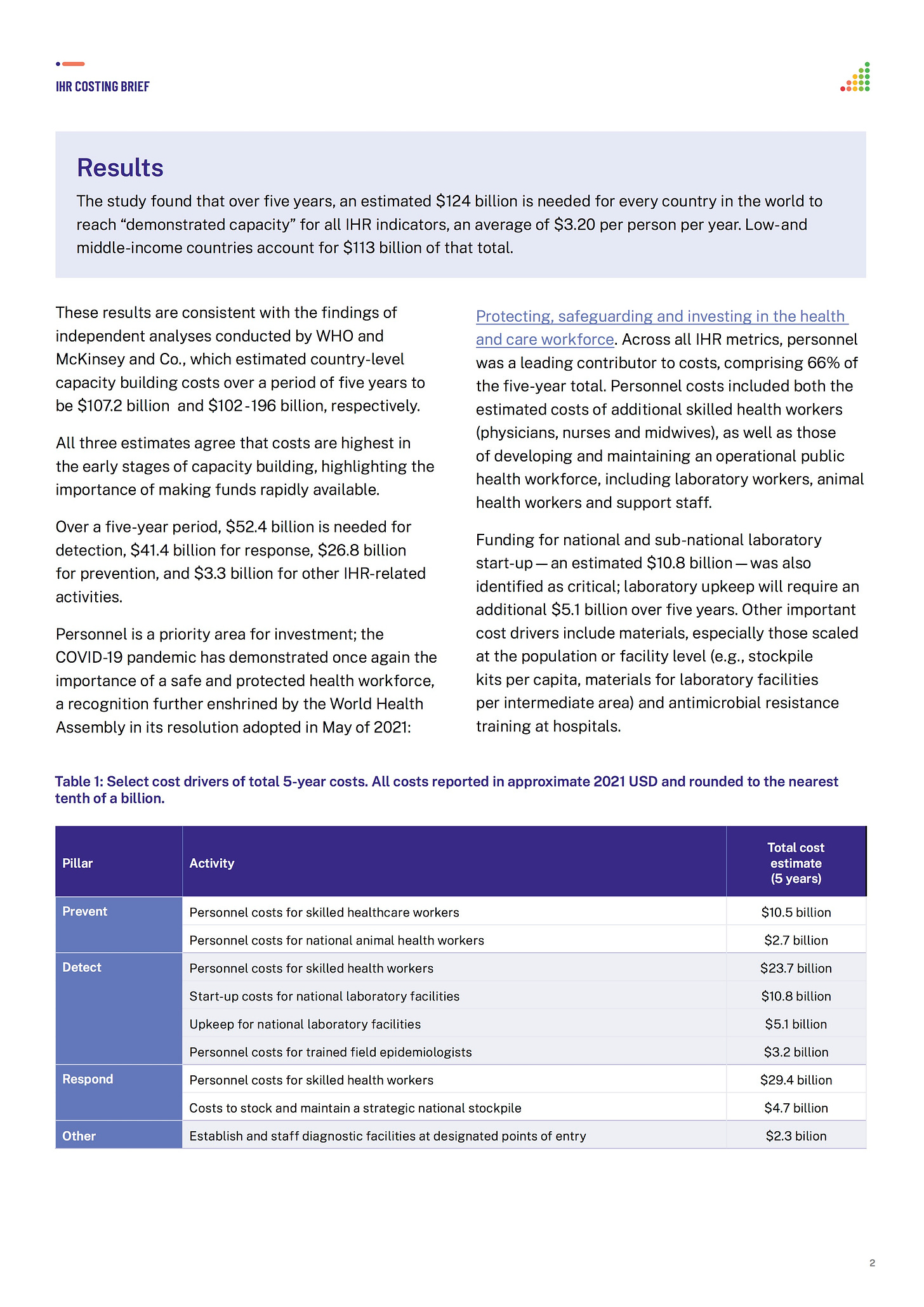
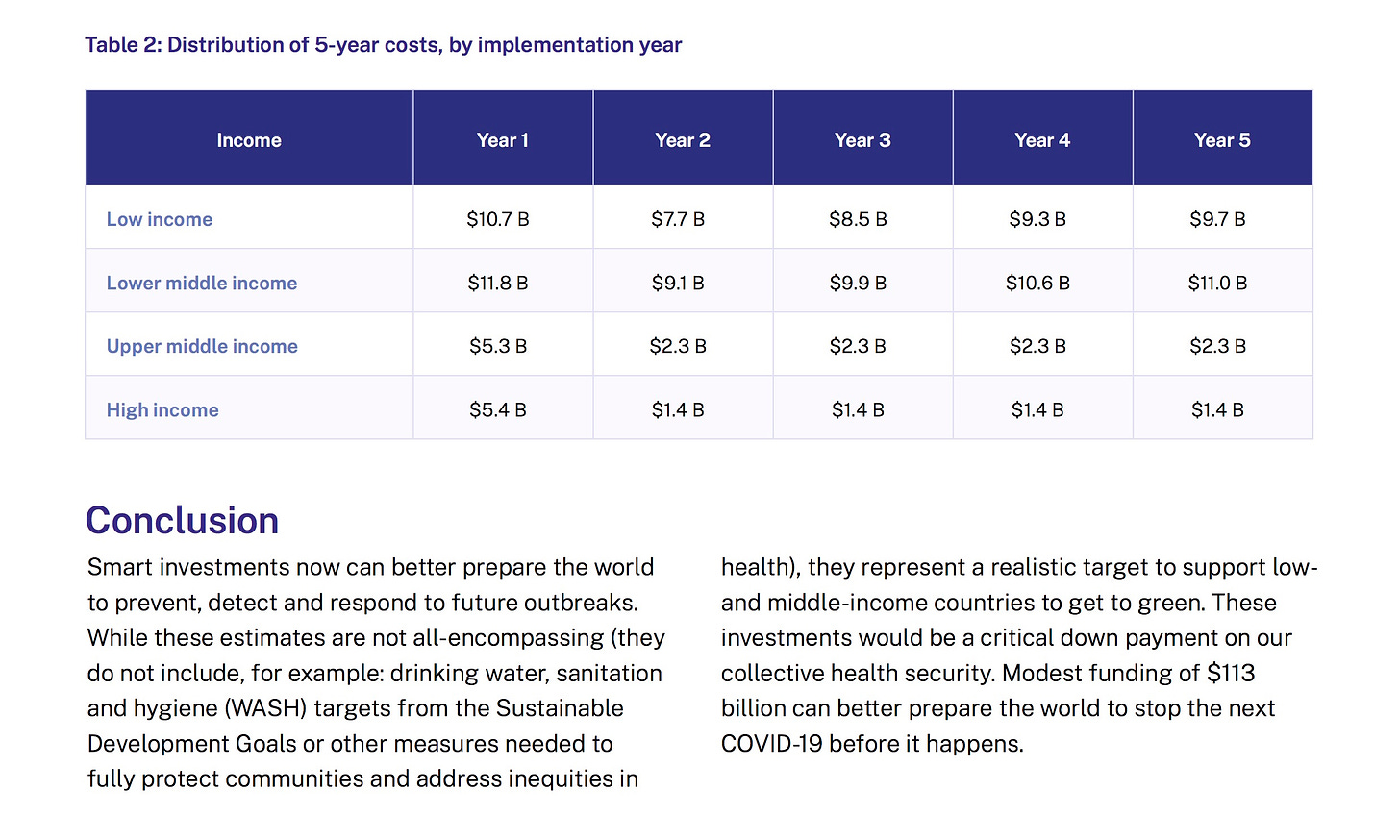


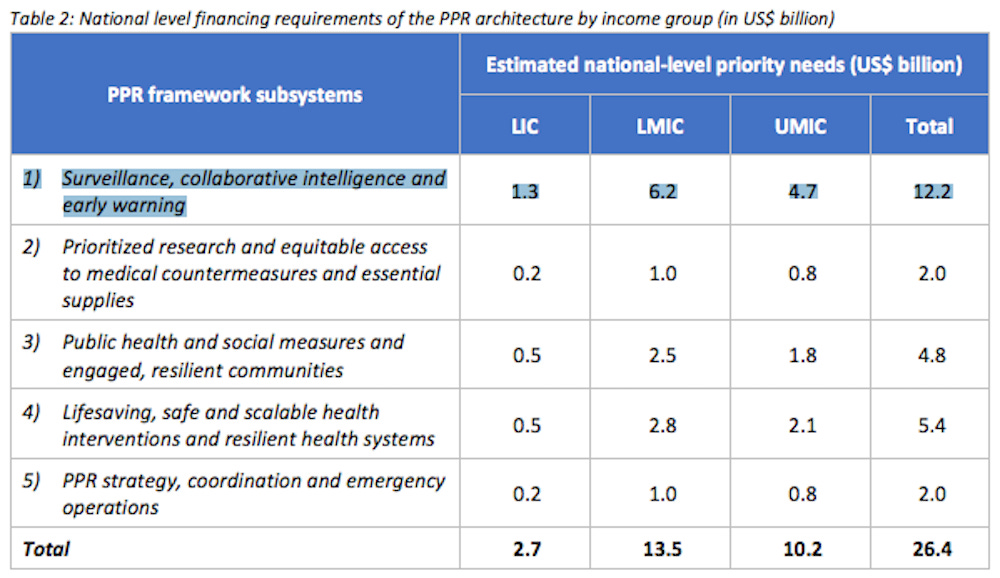

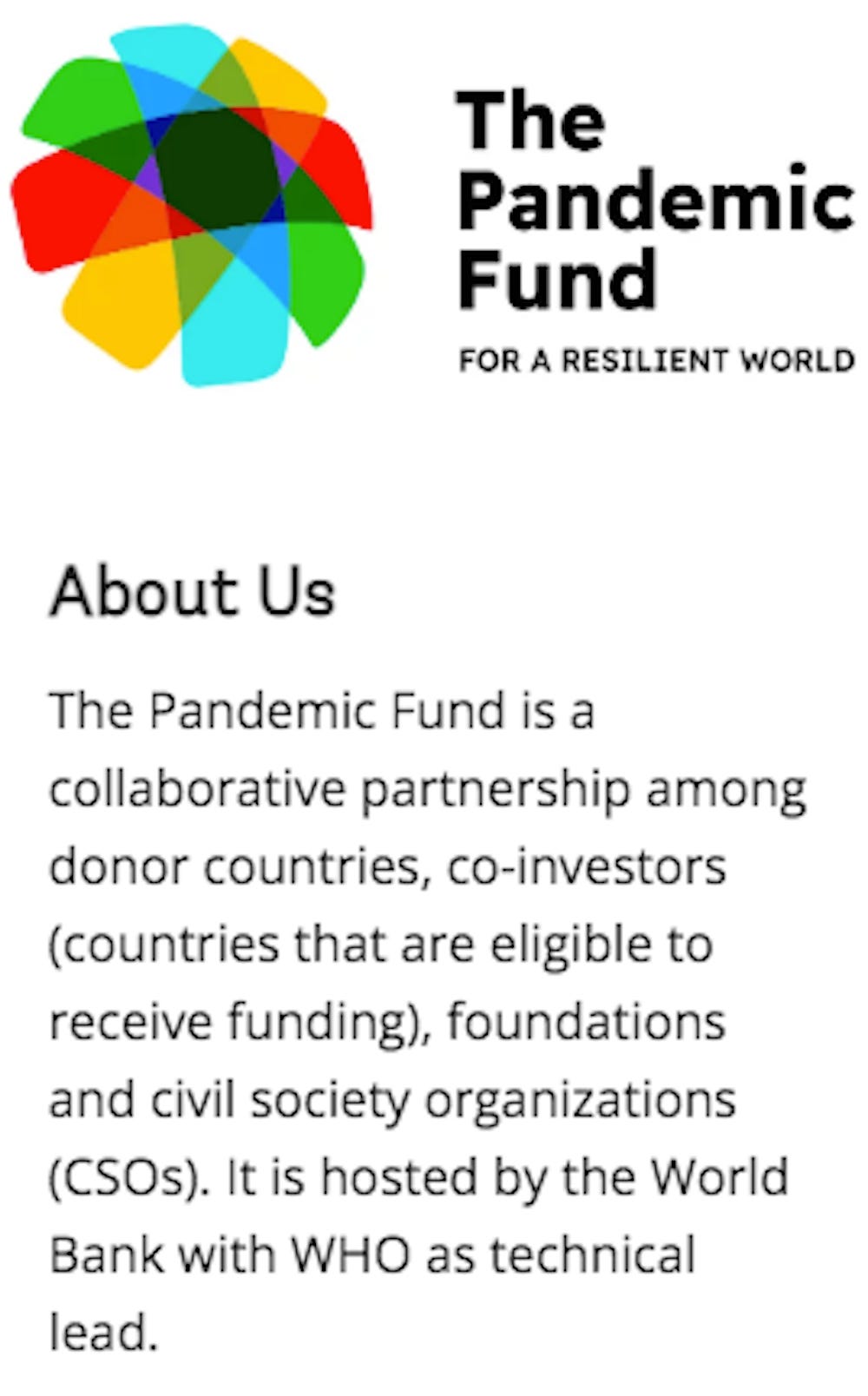

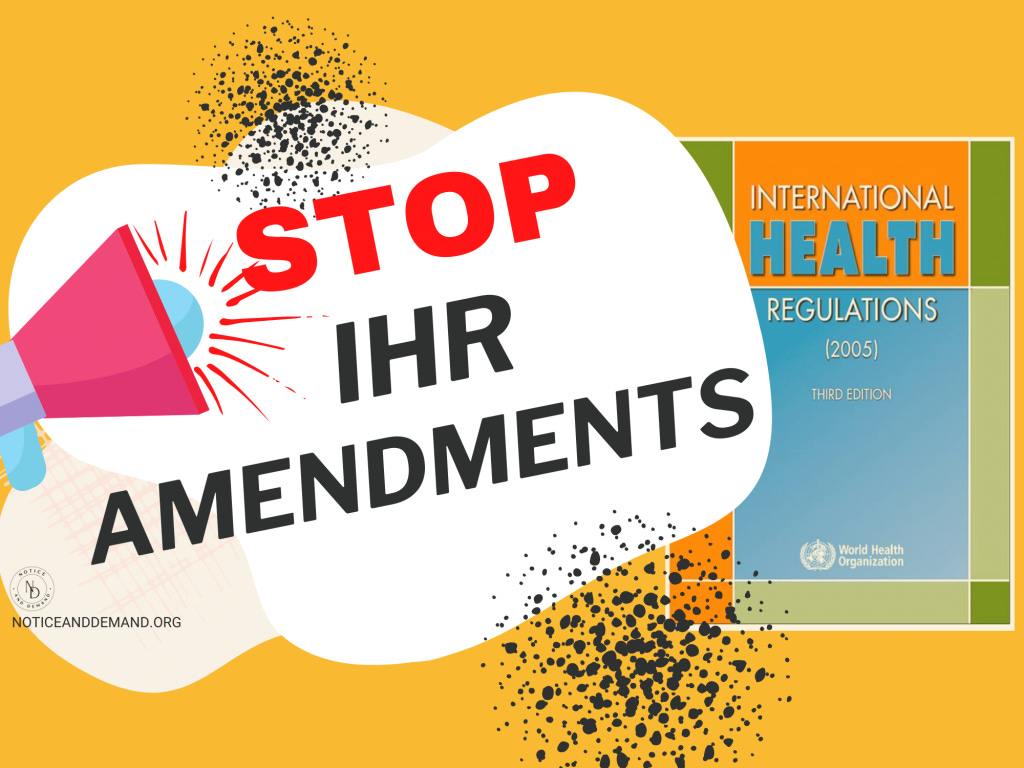



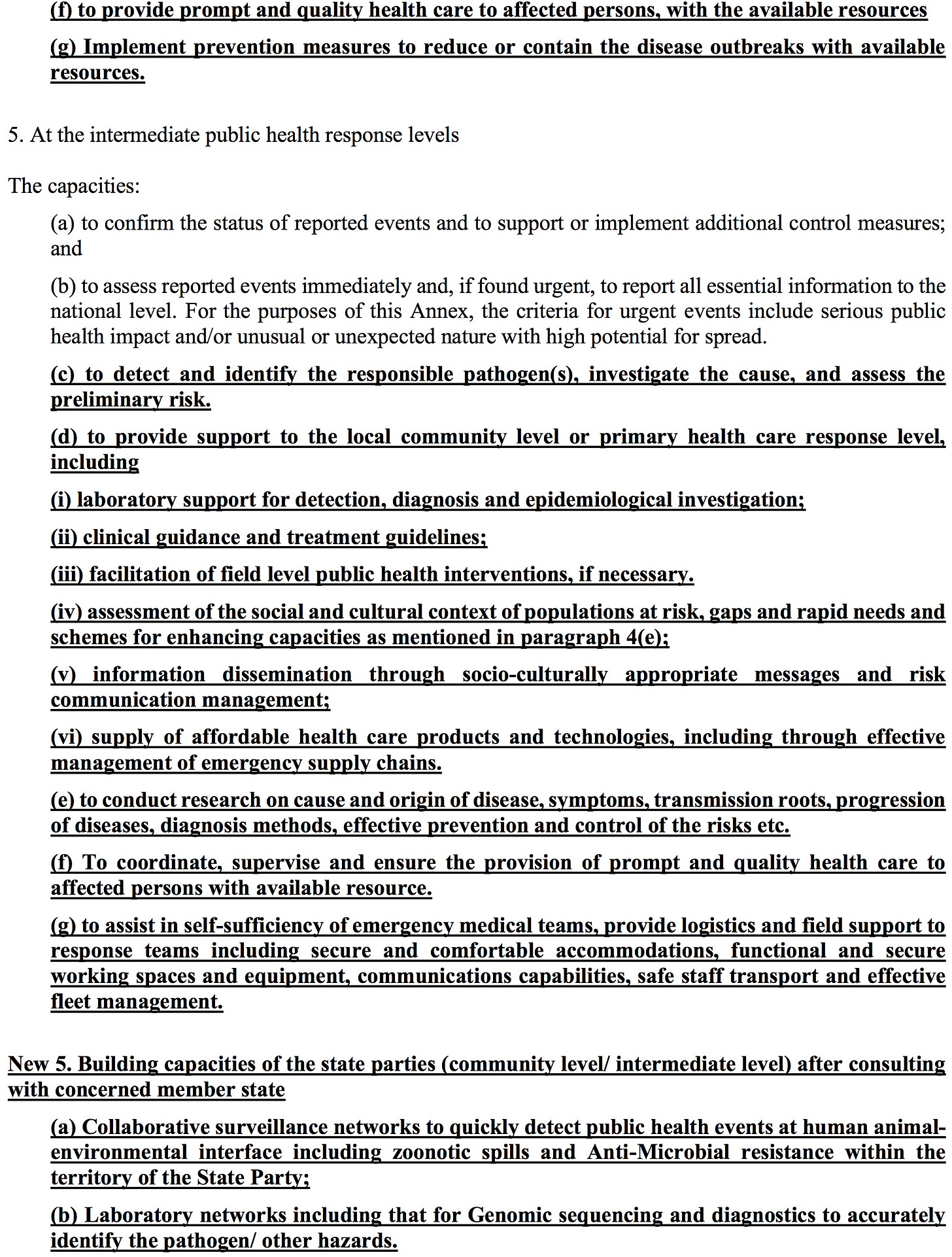
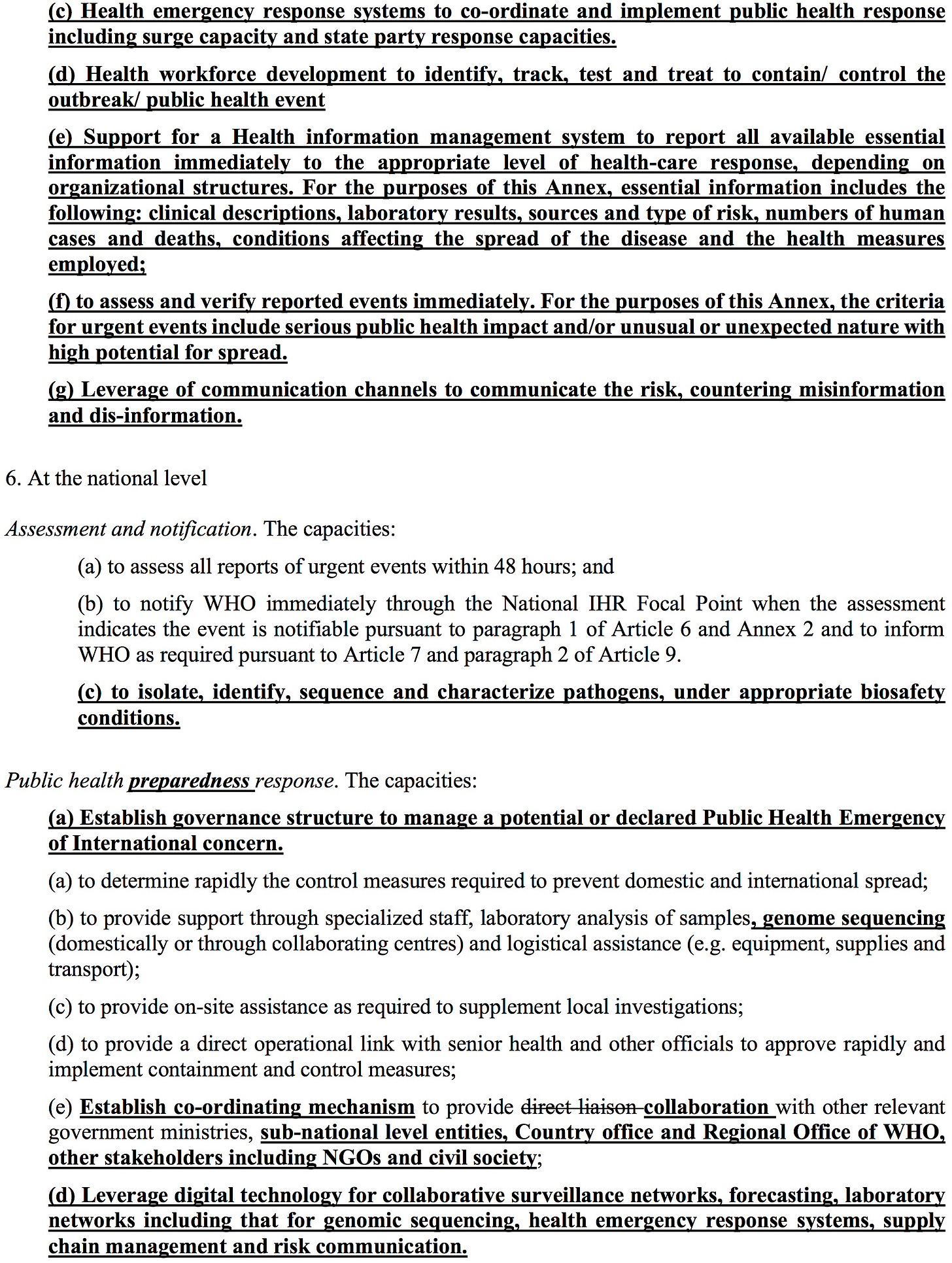

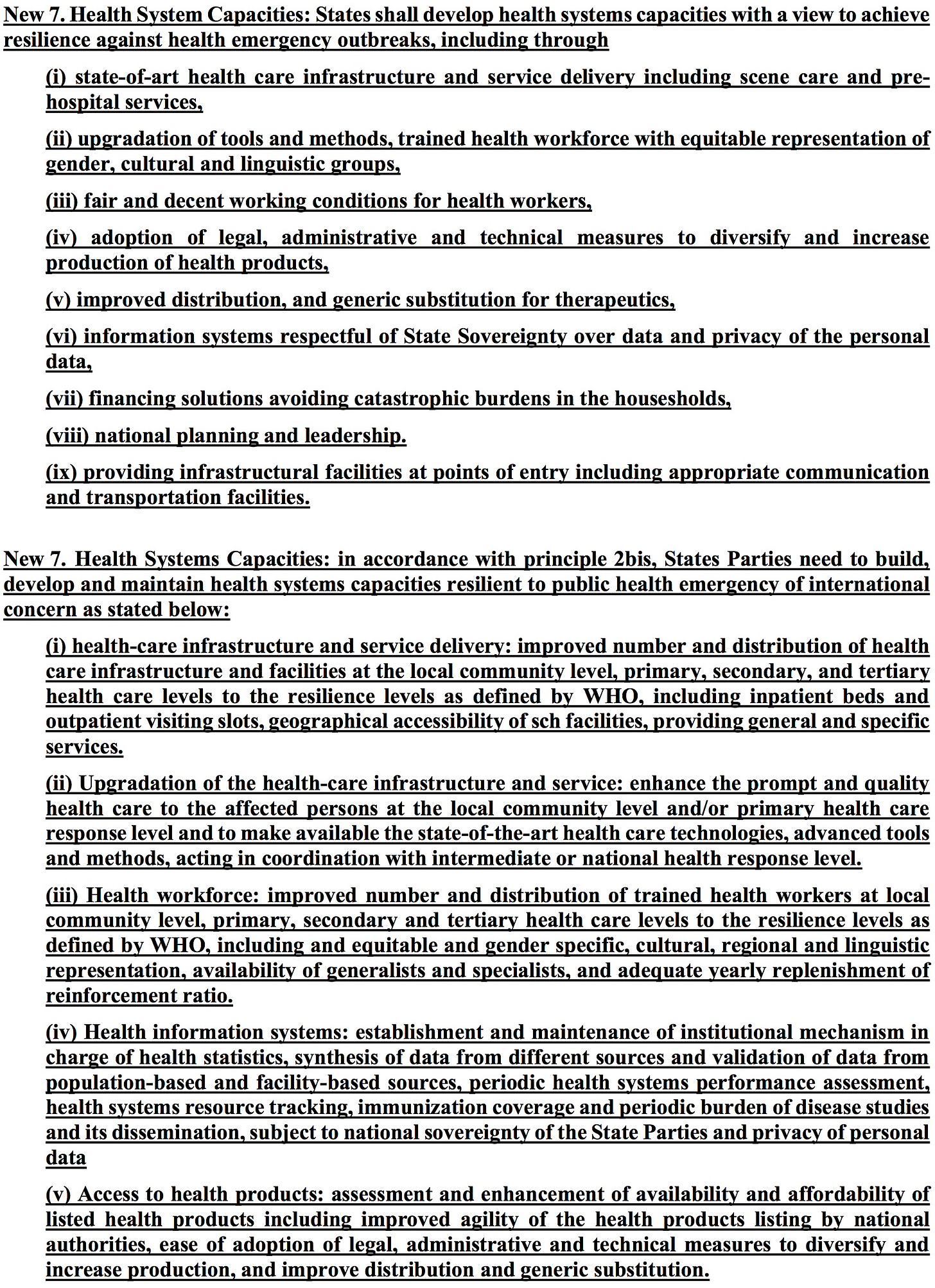
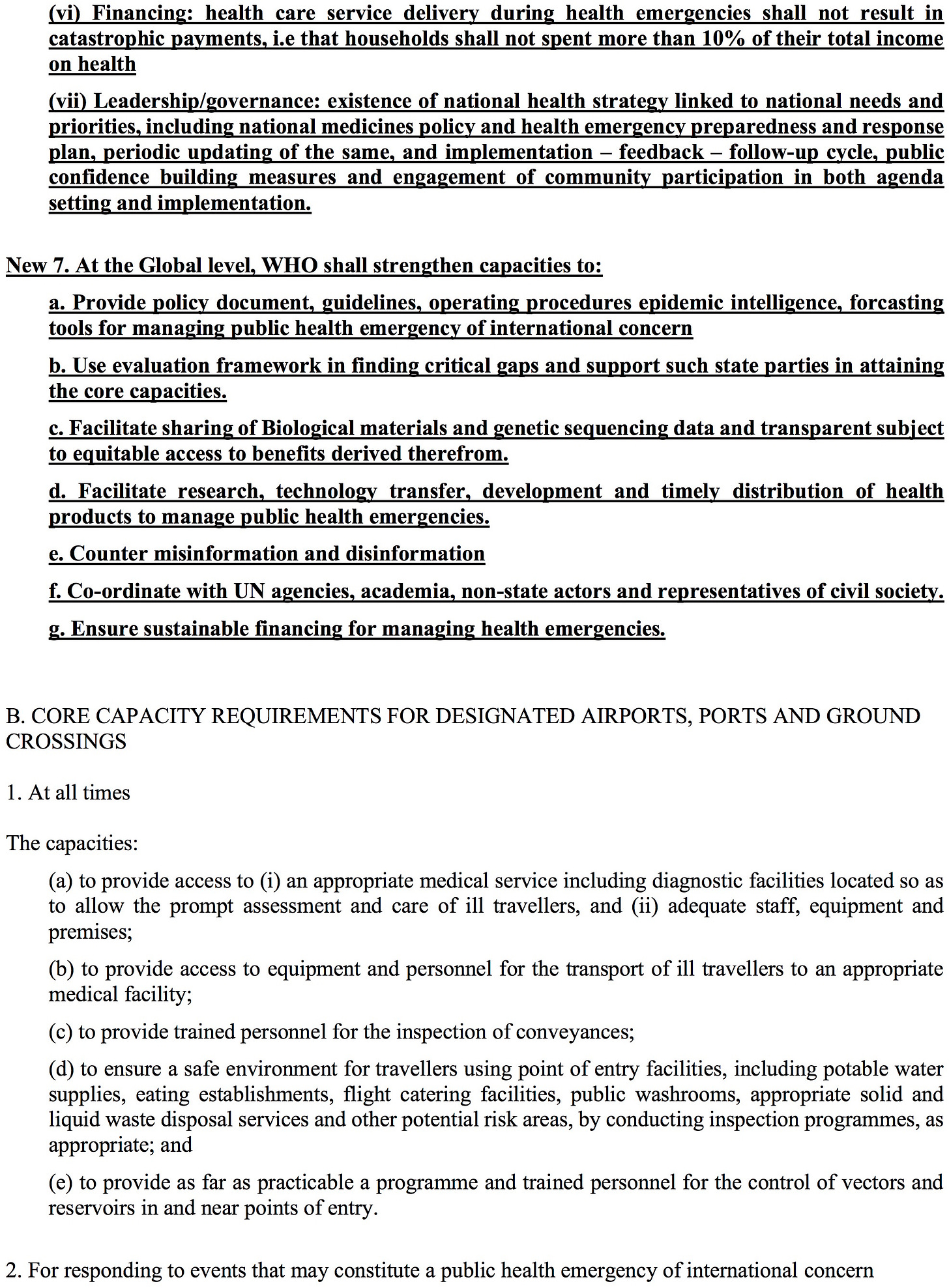
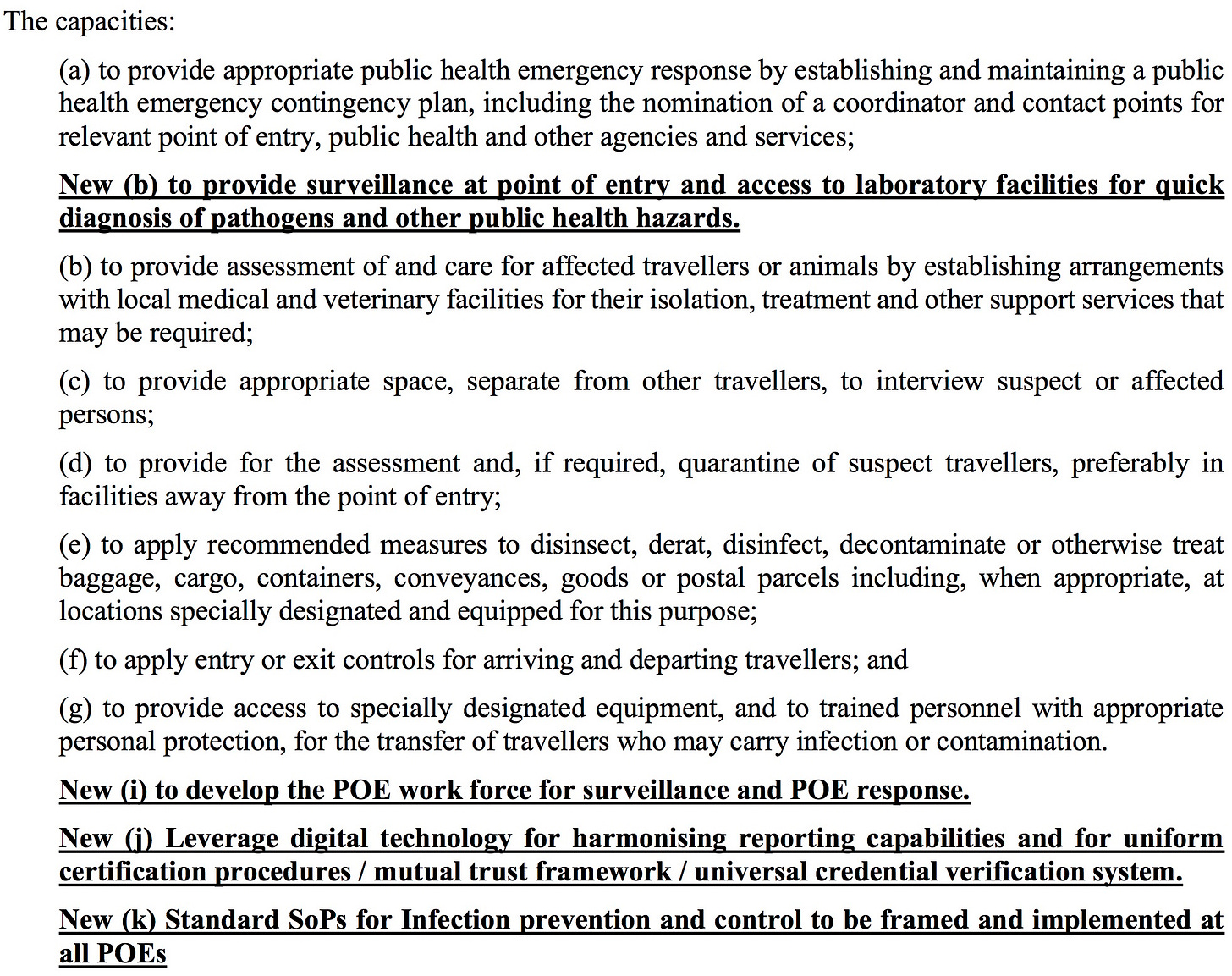




"probably do more good if they spent the $1.6 billion dollars that they have raised so far, on toilets and septic systems for communities that need them" - probably? No probably about it.
Basic sanitation is the bedrock of public health care. Clean water going in and deal with the excrement coming out intelligently. Nothing else is close. It is the ONLY one that can improve every infectious disease across the board. Everything better with that in place.
As far as public health accomplishments go it's the tops by a large margin. NPK would be next as once you've got clean water & sanitation, you need enough calories to stay alive. Third goes to antibiotics even though we've screwed them up with overuse. Fourth goes to vaccines mostly due to the eradication of smallpox (a permanent solution to an old problem).
yes to toilets and septic tanks! Sanitation has done more to address infectious disease than any and all vaxxes! Read Destroying Illusions by Dr. SuzanneHumphries.